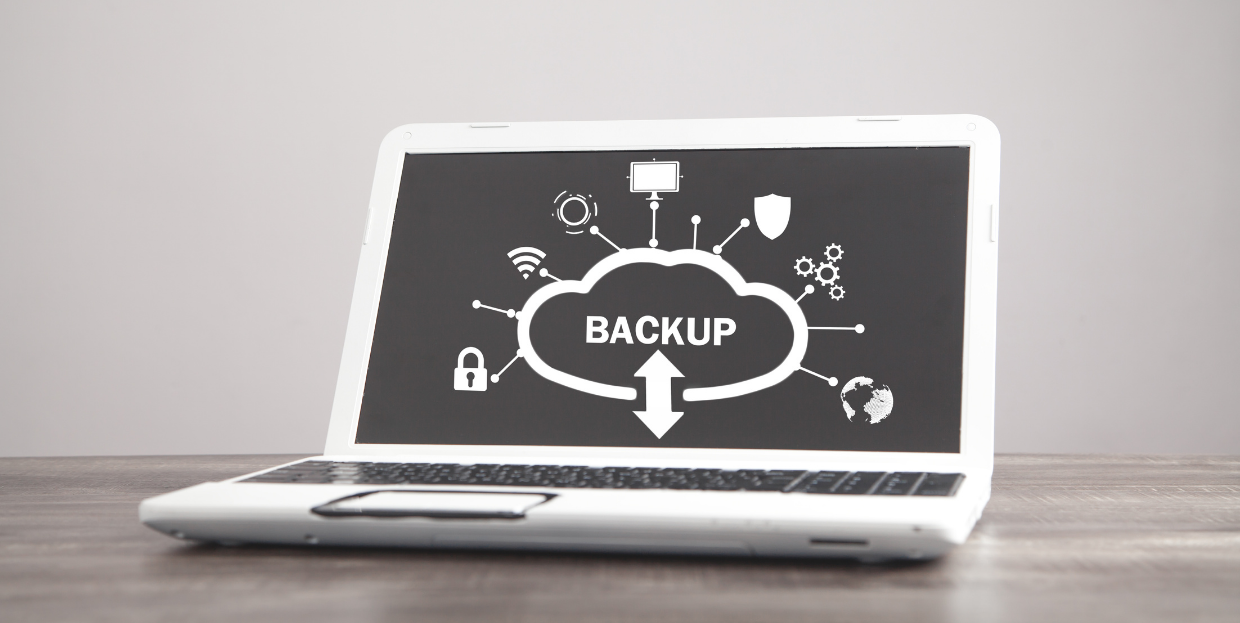Meeting backup requirements for cyber insurance coverage

Understand the changing cyber insurance landscape
The prevalence of ransomware has had a devastating impact on businesses over the past few years, with insurance underwriters seeing increasingly large ransomware payouts. As a result, some core cyber security hygiene fundamentals are being required by insurers to qualify for coverage.
Find out if your business would qualify for a cyber insurance policy
Many companies wrongly assume that having backups in the cloud can prevent or reduce the impacts of a ransomware attack. As a result, insurers do not consider all backup scenarios as acceptable. Underwriters often require that a company’s most sensitive applications be offline, immutable, and clearly catalogued through audit.
The use of data has become an essential force multiplier for businesses, but data exposure in turn creates tremendous risks. Whether it is a data lake, business intelligence data warehouse, customer information, or security telemetry, it’s essential that organizations protect these crown jewels in a highly secure environment.
The 3-2-1 backup rule
A current and tested backup can save your business hundreds of thousands of dollars in ransom. That is why insurance carriers are interested in your backup and disaster recovery plan.
The 3-2-1 Backup Strategy works for most. The 3-2-1 backup rule states that you should have 3 copies of your data, 2 different backup formats, and 1 backup stored offsite.
One of the key parts of a managed service is to prepare for downtime or a disaster event. The idea of 3-2-1 backup rule is to protect against a single disaster such as a fire or flood in the office, in this situation you would be able to recover from your offsite backup.
However, over the years where threats have become more aggressive and reliance on IT grows this rule is no longer enough.
As businesses develop, most will also partner with an MSP or Managed Service Provider to ensure their IT infrastructure runs smoothly.
The key: Lower your risk profile
It’s no secret that the cyber insurance landscape is changing rapidly. The average cost of a data breach is now a staggering $4.24 million. In response, we’ve seen cyber insurance premiums skyrocket.
Two factors largely determine the cost of insurance coverage: the policyholder’s risk profile, and the insurance provider’s risk appetite. The weaker the policyholder’s risk management program, the greater the risk to insurance providers.
If your organization can prove a lower risk profile, which presents less risk to insurance providers, they can provide better rates. So, if you’re looking to meet requirements and save on cyber insurance premiums, focus on lowering your risk profile, like implementing data backup.
Explore more on:





